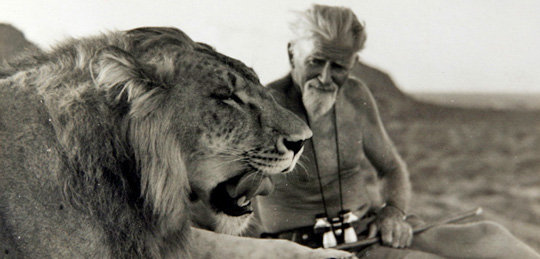The U.S. Fish & Wildlife Service has finally responded to the petition filed by a consortium of animal conservation organizations in 2011. The International Fund for Animal Welfare (IFAW), Humane Society of the United States, Humane Society International, Born Free, Defenders of Wildlife, and the Fund for Animals filed a Petition to list the African Lion as Endangered under the U.S. Endangered Species Act of 1973.
The Petition was filed on March 1, 2011 and can be found here:
On November 27, 2012 (a year and eight months later but who's counting), the FWS published a positive preliminary finding stating that it would initiate a study into the status of the African Lion in order to make its determination. So, after a year and eight months, it made a preliminary decision to possibly look into maybe making an additional decision at some later point in time.
Anyway, the preliminary finding can be found here:
http://www.regulations.gov (Docket No. FWS-R9-ES-2012-0025).
This brings us to October 29, 2014 (three years seven months after the initial filing). The FWS has published its Proposed Rules seeking information from the scientific community along with supporting documentation, published articles, etc. General comments without supporting documentation, although noted, will not be considered in making a determination. So, now those big government wheels are really moving fast and FWS is publishing what it proposes to do after it receives additional information from the scientific community.
A copy of the Proposed Rules can be found here:
So, the Proposed Rules basically say that the FWS is considering listing the African Lion as "threatened" rather than "endangered." At first I viewed this as a defeat, since the original Petition was requesting that the lion be listed as "endangered" and not "threatened." But after reading the Proposed Rules, I'm a bit more optimistic that this regulation may have more teeth than originally thought. That's because FWS has added a requirement that an endangered animal import permit must be obtained for any lion trophies imported into the U.S. This means sport hunters will have to obtain a special permit to prove their trophy was obtained from a country or African state that has a proven scientific lion conservation program in place. I realize there will be sport hunters who obtain the permits illegally or somehow get away with illegal importation of lion trophies. There will also no doubt be hunting outfits both in the U.S. and Africa who will participate in these schemes. You can bet on it. But at least this will make it more difficult for hunters to import the trophies and will probably also discourage many from hunting lions in Africa.
So for the time being, let's be cautiously optimistic and claim this as a preliminary victory for the African Lion.
In the meantime, the FWS is soliciting comments from the public until January 27, 2015 so be sure to submit yours here: http://www.regulations.gov/#!submitComment;D=FWS-R9-ES-2012-0025-3488
In the meantime, the FWS is soliciting comments from the public until January 27, 2015 so be sure to submit yours here: http://www.regulations.gov/#!submitComment;D=FWS-R9-ES-2012-0025-3488
I'll provide updates as they're published.
"Who will now care for the animals, for they cannot look after themselves? Are there young men and women who are willing to take on this charge? Who will raise their voices, when mine is carried away on the wind, to plead their case?"
"Who will now care for the animals, for they cannot look after themselves? Are there young men and women who are willing to take on this charge? Who will raise their voices, when mine is carried away on the wind, to plead their case?"
- George Adamson
























.jpg)



